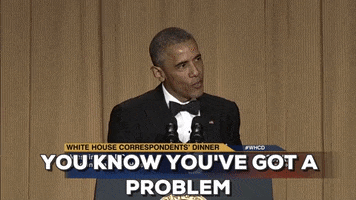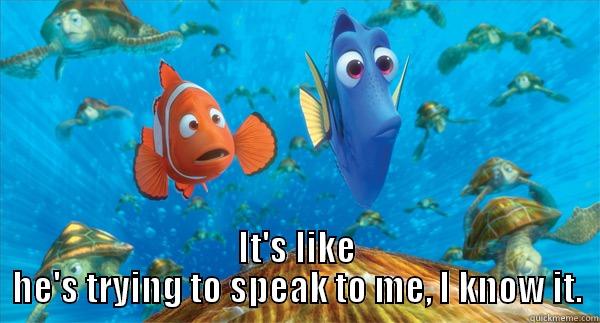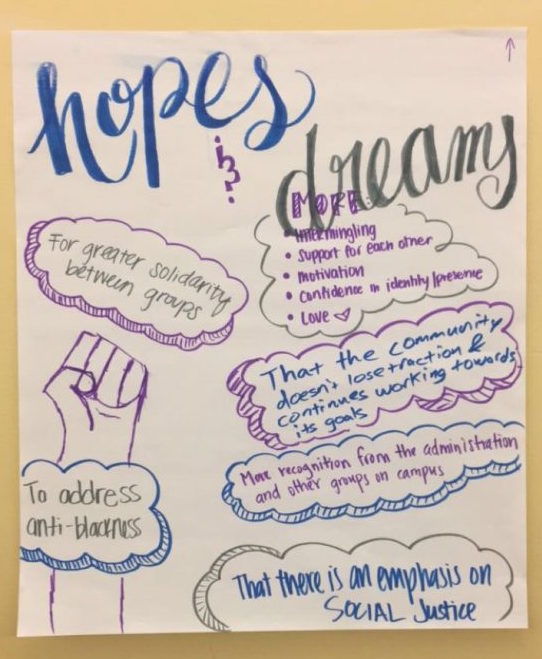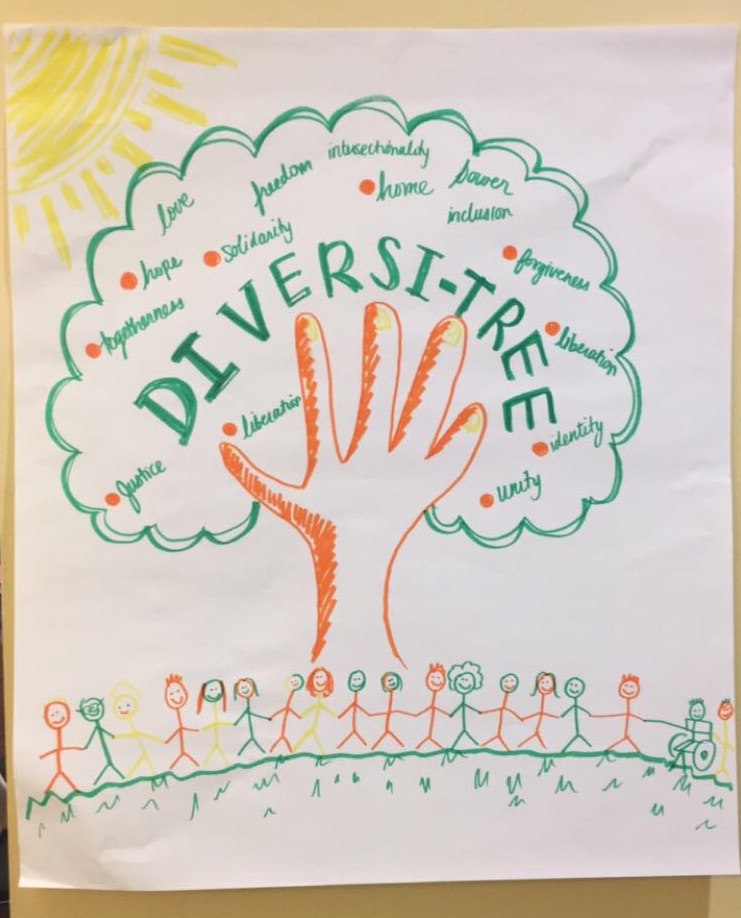Final (I said FINAL) Research Paper
I promise this is my last blog post on my BIG research paper, but I just wanted to wrap it all up nice and neat.

Writing about racial and cultural diversity on college campuses, I learned a lot about the past efforts and struggles of Santa Clara University students and faculty fighting for minority representation and acceptance. More importantly, I was able to reflect on how this has changed compared to today’s programs and events created for students of color. Not only are the efforts different between the 1980s, 1990s, and now, but the attitudes and behaviors towards diversity and inclusion are also contrasting. In the past, there was a strong trend of negative, destructive attitude towards minority students, harming them as well as their environment. Today, there is a powerful positive, optimistic attitude towards welcoming and accepting students of color as well as educating their student bodies. Overall, the voices of the conversations all had one common theme: diversity is important.
Problems?

Yes, I faced many problems. Let’s list them out…
- The archives take A LOT of time to dig through to find valuable gems that forward my research.
- Online databases can be difficult to navigate.
- Writing without only synthesizing and finding where and how to analyze my research sources.
- Figuring out what’s important and what’s not to the conversation I’m entering about diversity and inclusion.
Yet through these problems, I was able to learn how to better understand and tie sources in together to make a cohesive voice.
Things I Wish I Could’ve Done
There are so many things I could’ve written on and addressed concerning racial and cultural inclusion. I wish I could’ve expanded this to society and certain communities and cities. I wish I could’ve incorporated how diversity is beneficial to childhood and growing up. I wish I could’ve heard the opinions of more people with more detail than I did. Despite all of these wishes, I am still extremely proud of what I’ve found, analyzed, and learned about diversity in college.

Thanks for reading!




















